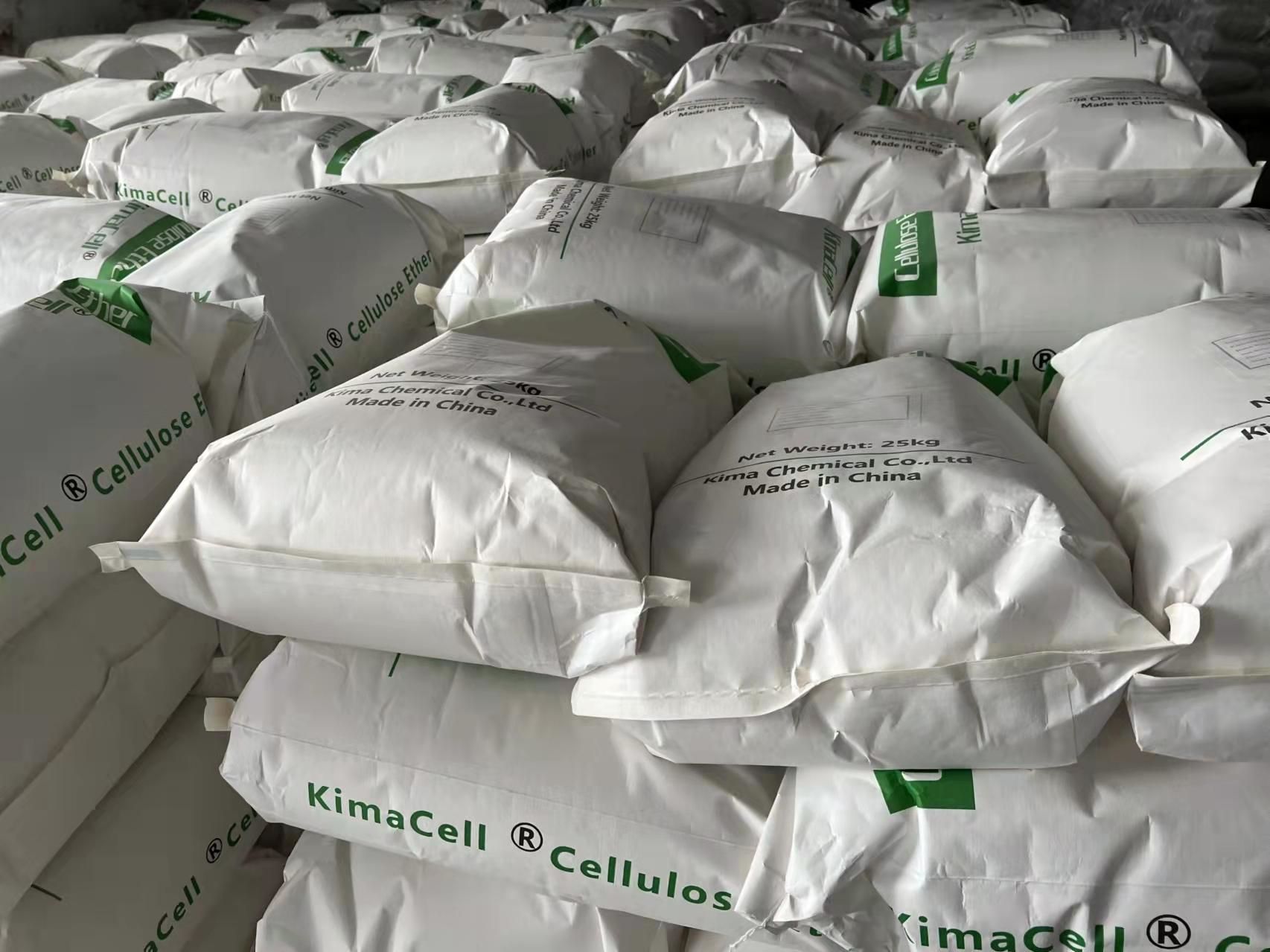Hydroxypropylmethylcellulose HPMC in plastering mortars
Hydroxypropyl methylcellulose (HPMC) product for external wall insulation plastering mortar is prepared from high-purity cotton cellulose through special etherification under alkaline conditions. The whole process is completed under automatic monitoring and does not contain any animal ingredients. Active ingredients such as organs and oils. It is widely used to improve the performance of hydraulic building materials such as cement and gypsum. In cement-based mortar, it can improve water retention, prolong correction time and open time, and reduce sagging.
In the plastering mortar, the addition amount of hydroxypropyl methylcellulose is very low, but it can significantly improve the performance of the plastering mortar, and it is the main admixture that affects the construction performance of the mortar. Reasonable selection of hydroxypropyl methylcellulose with different viscosities and the addition amount has a positive effect on improving the performance of dry powder mortar.
In plastering mortar, hydroxypropyl methylcellulose HPMC plays a role in water retention, thickening, delaying cement hydration, and improving construction performance.
Good water retention ability makes cement hydration more complete, can increase the wet viscosity of wet mortar, improve the bonding strength of mortar, and can adjust the working time. In addition, the pumping performance of spraying mortar can be improved due to the addition of hydroxypropyl methylcellulose HPMC, so hydroxypropyl methylcellulose HPMC will be widely promoted as a mortar additive.
1. Water-retaining buildings – hydroxypropyl methylcellulose HPMC is to prevent water from penetrating into the wall.
The right amount of water is left in the mortar, allowing the cement to have a longer hydration time.
The water retention is directly proportional to the viscosity of the cellulose ether solution in the mortar.
The higher the viscosity, the better the water retention. Once the water molecules increase, the water retention will decrease.
Because the same amount of hydroxypropyl methylcellulose HPMC solution for construction, the increase of water means the decrease of viscosity.
Increased water retention will result in a longer curing time for the mortar used.
2. HPMC thickener is mainly used as a thickener in the interface agent.
It can improve the tensile strength and flexural strength, improve the surface coating, enhance the adhesion, and increase the adhesive strength of the mortar.
Good permeability improves the uniformity of the interface. Enhance the lubricity and fluidity of mortar, make it easier to apply and improve work efficiency.
3. The application of hydroxypropyl methylcellulose HPMC can improve the construction of mortar.
Tile glue can be used as a water-retaining agent and adhesive in the bonding of tiles, which can greatly improve the construction performance of the adhesive, make it have a longer open time and stronger adhesion, and prevent the tiles from falling off too quickly.
It has improved processability, good water retention, enhanced adhesion and high sag resistance.
Improve tiling efficiency, improve tiling efficiency, improve bonding strength and shear strength.
4. Lubricating ability.
All air-entraining agents function as wetting agents.
Since they reduce surface tension, they aid in the dispersion of fine powders in mortars when mixed with water.
5. Anti-sag mortar means that there is no danger of sag or sag during thick layer construction.
The sag resistance can be improved by using hydroxypropyl methylcellulose HPMC plastering mortar.
Especially the newly developed hydroxypropyl methylcellulose HPMC for plastering mortar can provide better anti-sag performance of mortar.
Post time: Jun-25-2023

